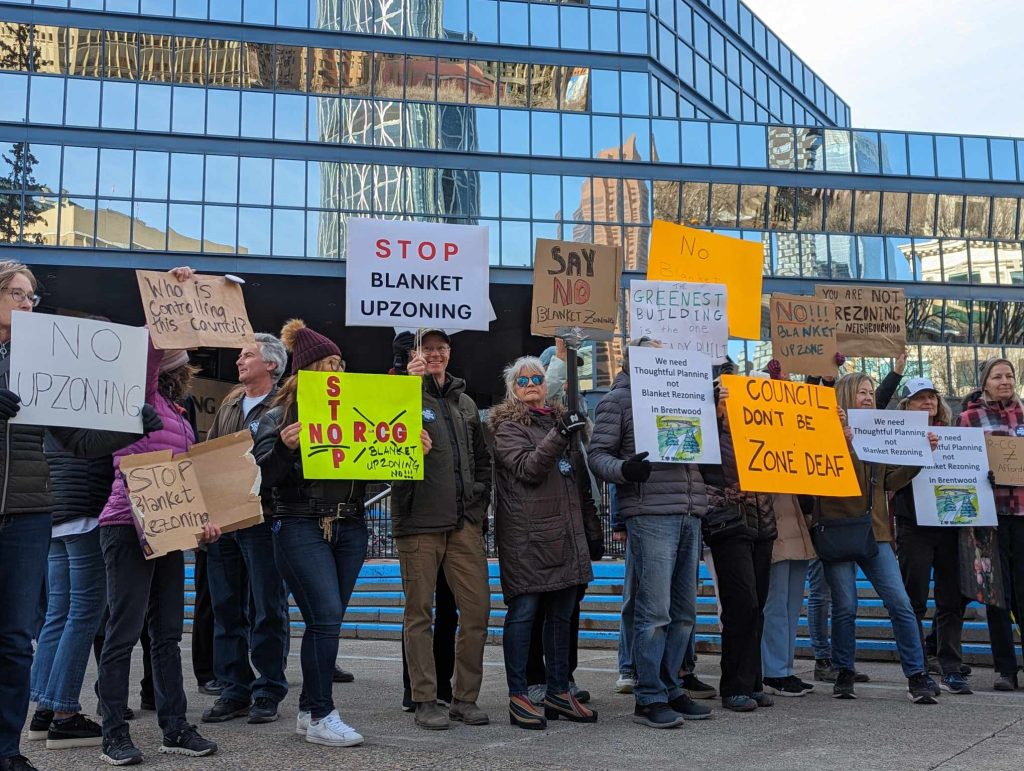What’s next for Peru after president’s resignation offer?
Posted Mar 21, 2018 7:17 pm.
Last Updated Mar 21, 2018 8:00 pm.
This article is more than 5 years old.
LIMA, Peru – With Peruvian President Pedro Pablo Kuczynski’s resignation signed, the embattled leader’s departure seems all but guaranteed.
The former Wall Street banker’s exit would cap four months of political turmoil. Here’s a look at what lies ahead for the Andean nation:
WHAT HAPPENS NEXT?
The powerful congress, dominated by opposition lawmakers, is expected to debate whether to accept Kuczynski’s resignation Thursday.
Some of Kuczynski’s foes want him to face a far harsher sendoff than a simple resignation and are urging lawmakers to proceed with impeachment instead.
Opposition lawmakers contend Kuczynski demonstrated “moral incapacity” by failing to disclose $782,000 in past payments to his private consulting firm from Odebrecht, the Brazilian construction giant at the centre of Latin America’s largest corruption scandal, and had already planned to hold a vote for his ouster Thursday.
Kuczynski has denied any wrongdoing and likened the impeachment attempt to a coup.
Legislators attempted to impeach the president on the same grounds in December, but fell short of the required 87 votes. This time around, preliminary counts indicate there are enough votes to secure Kuczynski’s departure.
___
WHO BECOMES PRESIDENT?
By law, the next in line to the presidency is the nation’s little-known first vice-president, Martin Vizcarra.
Polls indicate few Peruvians know Vizcarra’s name, and what his government might look like remains a bit of a mystery. Vizcarra is a former governor of a small province who earned a reputation as a consensus builder. He briefly served as the Peru’s transportation minister and is now the ambassador to Canada.
He hasn’t yet indicated whether he would accept the presidency, though analysts believe he would. If he were to resign alongside Kuczynski, Peru’s second vice-president would become head of state. If neither vice-president is willing to take on Peru’s highest office, than the head of the opposition-controlled congress would become president.
He would be required to hold new elections within a year.
___
WHAT’S AHEAD FOR A NEW GOVERNMENT?
Peru is just three weeks away from hosting the Summit of the Americas, an important gathering of Western Hemisphere leaders that U.S. President Donald Trump is expected to attend.
It’s unclear what effect Kuczynski’s departure might have on the meeting, but an even bigger question is how a new president might lead a nation whose voters have grown so mistrustful of politicians that a majority think all of congress should resign.
Analysts think Vizcarra is likely to keep the core tenets of Kuczynski’s conservative government intact. But aside from his short stint as a minister, Vizcarra has little experience governing at the national level and is sure to face a host of challenges.
The nation is still recovering from deadly floods last year and two former presidents stand accused of accepting bribes from Odebrecht. A third is under investigation and Kuczynski is likely to face continued scrutiny of his own ties once he leaves office.










